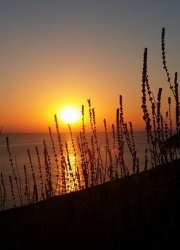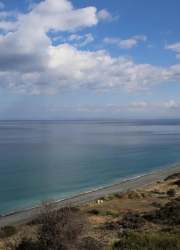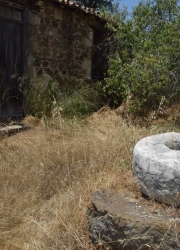Omega Beach
Upon reaching the beach, one immediately realizes the reason it was named Omega, since its shape resembles that of the Greek letter Ω.
The golden sandy beach is almost 1 km long. Its waters are warm and not as deep as in other areas, while one can also find some sunbeds and umbrellas to rent. A lifeguard is also present from very early in the morning until sundown.









Stone Fountains
During the previous decades Cyprus’ natural resources did not only include fossil minerals, but also several natural springs with fine quality water. Hundreds of natural springs and fountains could be found all over the village and their water was used by the people of the island both for drinking and irrigational purposes for centuries. In the old times almost every village had its own stony fountain.
Those fountains would supply all households with water which was transferred to each house by the women of the village, since they were the ones responsible for the household chores, while in some cases even young children helped with the task.
However, the role of the fountain area was wider than just supplying households with water. It was also a meeting point between young girls where they would communicate and discuss things amongst them, while the young men who they were in love with would also stop by to meet and see them.
Situated at the location Kanna, within the boundaries of the community of Pigenia, is a fountain known by the name “Panagia tou Apparou”, where one can see the footprint of a horse which Virgin Mary rode to get to her “throne” mountain peak also known as “Throni”.
Moreover, Virgin Mary’s Fountain, which is located in an area between Limnionas and Mansoura, refers to tradition. When Virgin Mary reached shore coming from the sea, She got thirsty and struck her open hand on the rock, forcing water to come out of it, which She drank to satisfy her thirst. Today, one can see the print of Virgin Mary’s hand on the rock.





Flour Μill


Dam

















